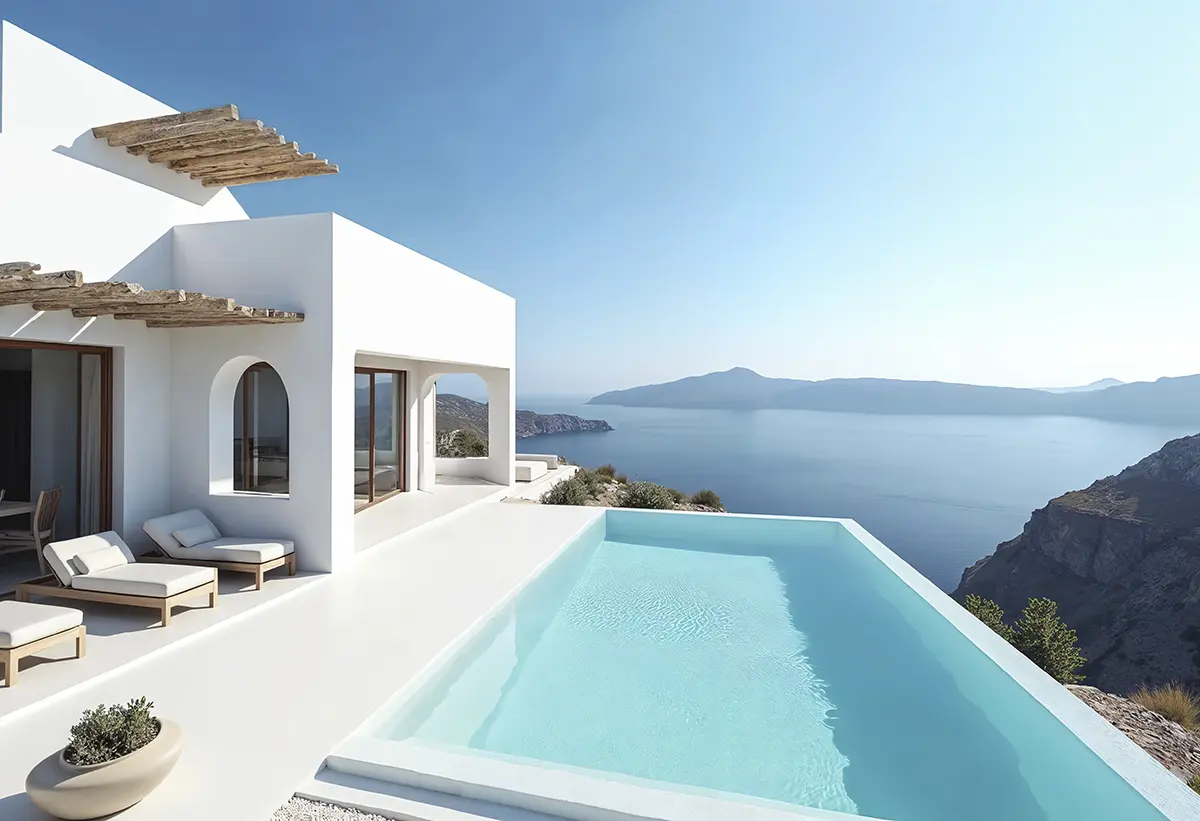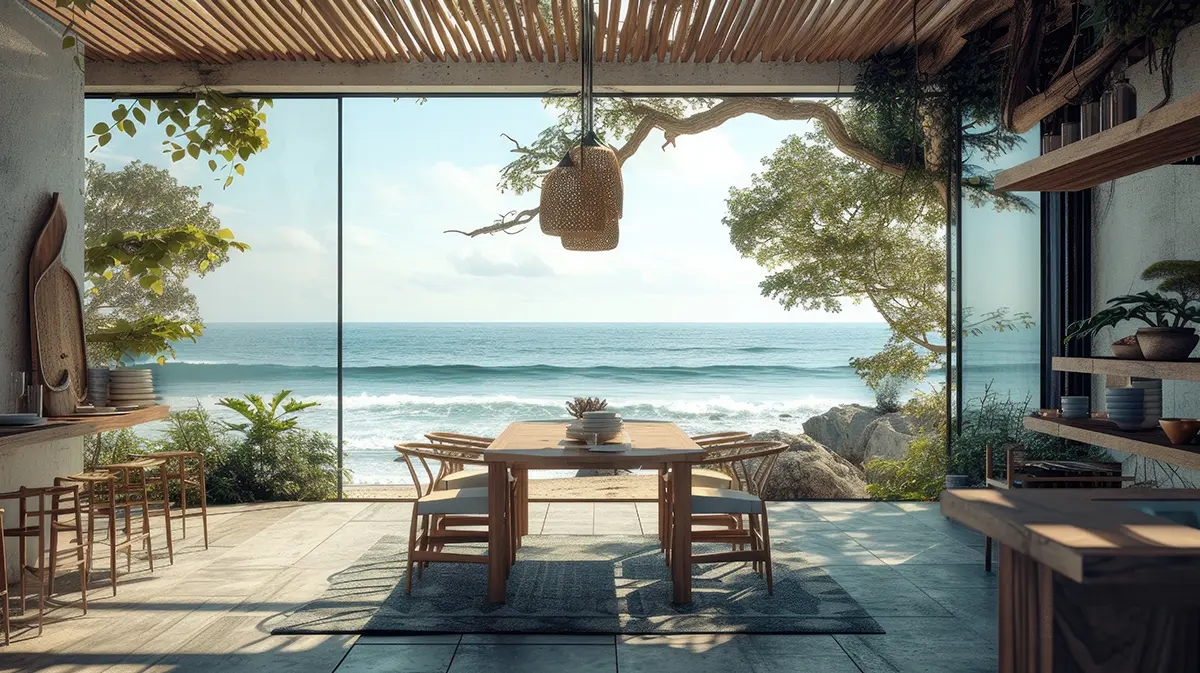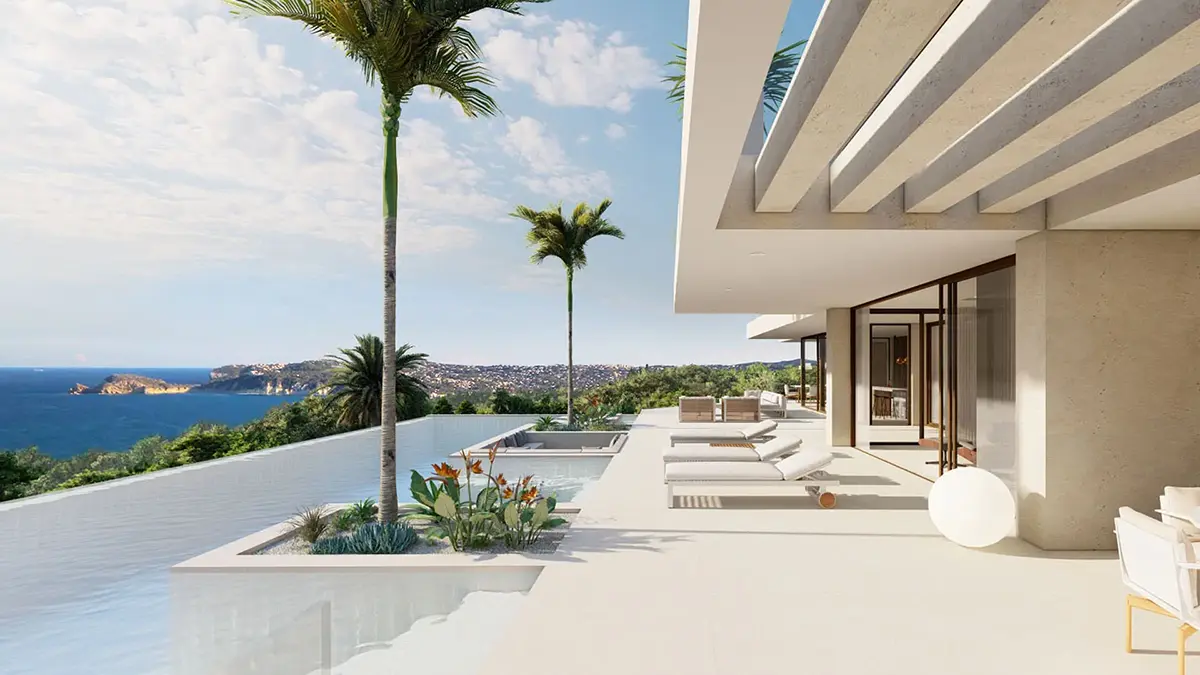NOTICIAS ARQUITECTURA
Todas las novedades, noticias y trucos sobre el mundo de la arquitectura
Casas de diseño mediterráneo contemporáneo: Claves para acertar
Hay algo eterno y profundamente atractivo en las casas mediterráneas: su luz, su serenidad, su conexión con el entorno. Pero también hay una evolución natural que busca adaptarlas a las necesidades…
Cómo influye el entorno natural en el diseño de tu casa en la Costa Blanca
Vivir en la Costa Blanca es un privilegio. La luz, el mar, el clima suave y el paisaje mediterráneo hacen de esta zona uno de los lugares más deseados para construir una vivienda, especialmente por…
Construcción en suelo rústico: ¿Es posible edificar en parcelas rurales en la Comunidad Valenciana?
El interés por vivir en espacios abiertos, rodeados de naturaleza y alejados del bullicio urbano ha crecido notablemente en los últimos años. En la Comunidad Valenciana, muchas personas encuentran…
Arquitectura en Dénia: Estilo mediterráneo con visión contemporánea
La primera vez que uno pasea por Dénia con ojos de arquitecto, o simplemente con la mirada de quien busca un lugar para vivir, descubre una ciudad hecha de luz, historia y contrastes. La arquitectura…
Construir casa en Jávea: Todo lo que debes saber para hacerlo con éxito
Construir una vivienda en Jávea no es solo una inversión inmobiliaria: es un proyecto de vida. Este municipio de la Costa Blanca, con su luz, su mar y su carácter mediterráneo, se ha convertido en…
Legalizar una reforma ya hecha: Qué hacer y cómo regularizar tu vivienda
En la Comunidad Valenciana y especialmente en zonas como la Costa Blanca, es común encontrar viviendas que han sido reformadas sin contar con los permisos necesarios. Ya sea por desconocimiento o por…







